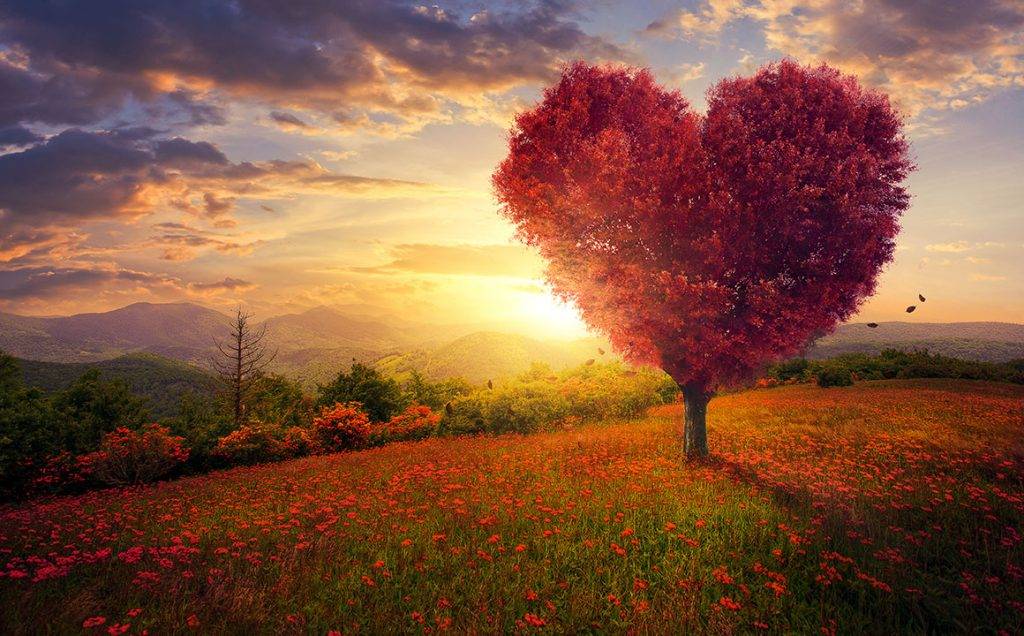Fall is the season of transformation, which means that it’s also time to transform our outdoor spaces! We’ve already talked multiple times about all of the different things that you should be doing during fall, such as planting fall flowers or setting up the right decoration. However, why not summarize it into one quick article and find out what it is that you have to do even before you order your first pumpkin spiced latte of the season!
Embrace the Colors of Fall
Fall’s most mesmerizing aspect is undoubtedly the explosion of colors it brings. Your garden can mimic this natural beauty by selecting plants that shine in the rich hues of autumn. Consider introducing ornamental grasses into your garden, such as Japanese blood grass, known for its fiery red leaves, or the striking goldenrods that boast brilliant yellow flowers. Don’t overlook classic fall favorites like chrysanthemums, asters, and sedums, which offer a breathtaking display of reds, purples, and pinks, turning your garden into a living canvas of seasonal beauty.
Extend the Harvest Season
For those who nurture vegetable gardens, fall presents an excellent opportunity to extend your harvest season. Cool-season crops like kale, carrots, beets, and Brussels sprouts thrive in the lower temperatures of autumn. Planting these in late summer allows you to enjoy a steady supply of fresh produce well into the fall months. Consider experimenting with varieties of lettuce and spinach that are frost-tolerant. This will ensure a continuous supply of greens for your kitchen table.
Decorate with Pumpkins and Gourds
Pumpkins and gourds are iconic symbols of fall. They are not limited to carving into jack-o’-lanterns; they can also serve as delightful additions to your garden decor. Arrange pumpkins and gourds of various sizes and colors on your porch, within flower beds, or even atop hay bales. By doing so, you infuse your garden with a delightful touch of fall magic. But also welcoming both guests and passersby into your seasonal sanctuary.
Embrace Seasonal Blooms
While many plants begin to slow down in the fall, there are late bloomers that come into their own during this season. Plants like the autumn joy sedum, the hardy cyclamen, and the vibrant fall-blooming crocus add splashes of color when you least expect it. These blooms not only provide a feast for the eyes but also serve as valuable nectar sources for late-season pollinators, supporting local wildlife as your garden undergoes its fall transformation.
Start a Compost Pile
Fall is an ideal time to begin a compost pile. As you tidy up your garden and trim back spent plants, you’ll accumulate organic material that can be transformed into nutrient-rich compost. Composting not only reduces waste but also provides you with a valuable soil amendment for next year’s gardening endeavors. Be sure to layer green (nitrogen-rich) and brown (carbon-rich) materials for optimal decomposition, and you’ll be well on your way to enriching your garden’s soil naturally.
Prepare for Spring Bulbs
Fall is the perfect time to think ahead to spring. Planting spring-blooming bulbs like tulips, daffodils, and crocuses in your garden beds is a rewarding autumn tradition. The cooler soil temperatures of autumn allow these bulbs to establish roots before winter’s chill sets in. When spring arrives, your garden will burst into color with these early bloomers, ushering in the new season with a vibrant and breathtaking display of floral beauty.

